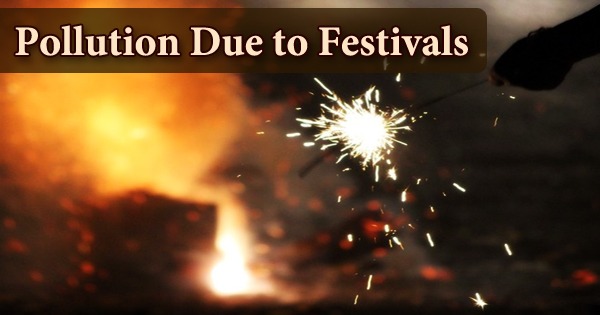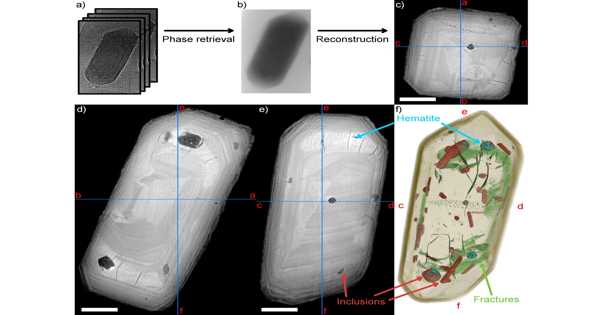Fireworks release extremely harmful fumes and chemicals into the air, water, and soil, making them dangerous to birds, wildlife, pets, cattle, and humans. However, there are ecologically safe alternatives. Firecrackers have grown so prevalent that special occasions are now incomplete without them being set off. The magnificent sights and hues in the sky are adored by everybody. Furthermore, many enjoy the booms and fizzes it produces. This exhibition, on the other hand, is just beautiful to look at. It has a negative influence on the environment and people’s health, which is concerning. Sulphur and carbon are the primary components of firecrackers. They do, however, contain other compounds that serve as binders, stabilizers, oxidizers, reducing agents, and colorants. Antimony sulphide, barium nitrate, aluminum, copper, lithium, and strontium are used to generate the multi-colored glitter effect. When these firecrackers are fired, toxins are discharged into the air, dramatically lowering air quality. The first fireworks were used in celebrations to ward off evil spirits and provide luck and happiness, and they date back to the ninth century in medieval China. Fireworks are a treasured tradition across the world, used to celebrate everything from cultural festivals to backyard gatherings, and have been for centuries. PM2.5, which are small, harmful particles, are released into the air by fireworks. When breathed, these particles cause serious respiratory difficulties, cardiovascular illness, and even birth abnormalities in children. Constant air quality monitoring and awareness are critical since rising pollution levels represent a serious danger to citizens’ health. Our atmosphere is mostly made up of two gases: nitrogen (N2,78%) and oxygen(02,22%). When solid and liquid particles known as aerosols, as well as certain gases, wind up in our air, this is referred to as air pollution. Aerosol is released into the air either directly from specific sources or as a result of chemical interactions with air particles. Fossil fuel combustion, industrial pollutants, coal, wildfires, and so forth. Another important source of air pollution is dumping sites and mounds of rubbish gathered there, which are sometimes lit the fire, releasing highly poisonous chemicals into the atmosphere. Large mountains of rubbish have formed at dumping yards due to poor waste management regulations and a lack of waste segregation. Excessive use of firecrackers occurs at various periods. It usually takes place to commemorate some event. In comparison to adults, children are more vulnerable to the negative consequences of this sort of pollution. However, both of these compounds have been linked to a variety of diseases, including Alzheimer’s disease, lung cancer, and respiratory problems.
Furthermore, owing to firecrackers, wedding celebrations are a major source of pollution. People lit a variety of firecrackers on the wedding day and at various occasions leading up to it to commemorate the occasion. Hundreds of weddings take occur every day, resulting in millions of firecrackers being set off throughout the year. PM2.5 levels between 0 and 12 are considered safe, whereas levels between 250.5 and 500.4 are considered very dangerous (it is recommended for children and the elderly to stay indoors at this level). A firework is essentially a tiny pyrotechnic missile that explodes in a precise manner, producing loud booms and bursts of vividly colored light. But all those brilliantly colored explosions are only the beginning of the problem. Firecrackers are also used to commemorate commercial events such as cricket tournaments and product launches. Similarly, there are firecrackers on New Year’s Eve. The blasts and booms of firecrackers, which we like, are actually rather harmful to our hearing. The maximum noise level that the human ear can endure without causing harm is 85 dB. The average decibel level of firecrackers is 125. As a result, on or after days when firecrackers burst everywhere, there are many occurrences of hearing loss or injury. Meanwhile, unburned propellants and colorants from the pyrotechnics that fall to the ground wash into lakes and rivers. All of these pollutants, together with the particle pollution that finally falls to the ground, represent a severe health risk to our water supplies. Chemicals including barium nitrate, strontium, lithium, antimony, sulphur, potassium, and aluminum are found in fireworks. These substances are dangerous to our health. Alzheimer’s disease is caused by antimony sulphide and aluminum. Lung cancer can be caused by potassium and ammonium perchlorates. Barium nitrate has been linked to respiratory problems, muscle weakness, and gastrointestinal problems. Copper and lithium compounds can induce hormonal abnormalities in animals and plants, and they can be deadly. Firecrackers have a significant influence on both the environment and the quality of life of living creatures. It makes a significant contribution to air pollution. The air is contaminated by the poisons released by the fireworks. It degrades the air quality, making it poisonous and suffocating. Heavy metals in pyrotechnics suffer a transient physical change, but metal salts and explosives in fireworks undergo chemical alterations when they combine with oxygen (combustion). During the explosion, these metal salts do not ‘burn up’. They’re still metal atoms, and many of them become aerosols that pollute the air, water, and soil. Most significantly, firecrackers are extremely harmful to birds and animals. It’s a real torment for them since they have such keen hearing. Some animals become deaf as a result of the high amounts of noise. The firecrackers’ constant booms and bangs are enough to frighten them. While fireworks can put on a spectacular show, the impact they have on our physical and emotional health, our environment, and the other species with whom we share this world can be harmful or disastrous. We need to limit our use of them; a few moments of ‘fun’ do not warrant long-term harm to everyone. Hand-held sparklers, glow-in-the-dark bubbles, or light show projectors can be used to avoid the dangers of pyrotechnics without sacrificing the fun. Outdoor laser displays are a popular communal activity because they provide a spectacular display of color lights without polluting the environment.















